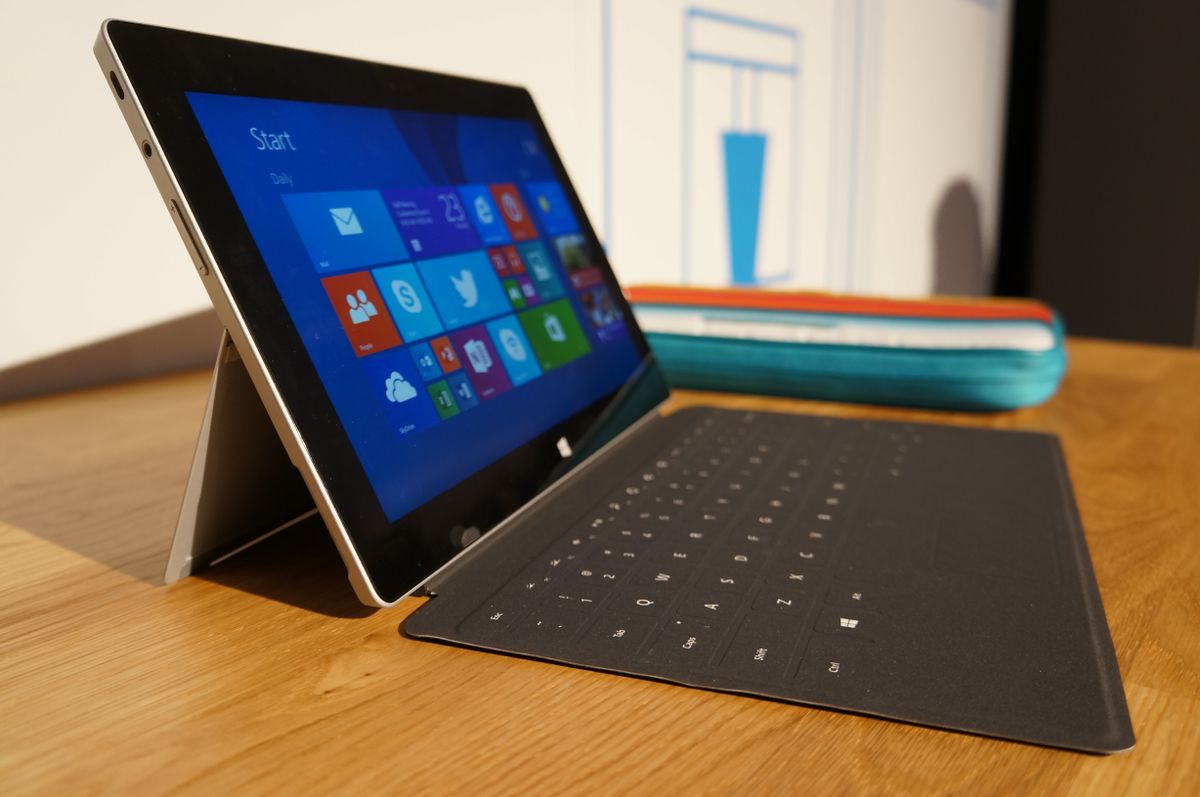

The portfolio comprises five works of sound art: two are sound installations, and three are what I call ‘mobile sound walks’. This thesis chronicles the practical and theoretical research that has been undertaken in conjunction with, and in support of, the creation of a portfolio of original works. To this end, the work presented here concentrates on developing prototypes from existing work in the domains of oral history and sonic arts as steps toward a more fully-fledged system for geolocative oral histories. The focus for this work is largely technical and theoretical, since to also engage in further fieldwork, research and composition within the domains of oral history and sonic arts would likely extend this project far beyond the reasonable scope of a masters-level project. This dissertation explores the area of mobile phone apps in relation to oral history, particularly the potential that they have for further contextualising oral narratives by presenting them in the physical environments to which they relate, as part of a 'curated' sonic experience.
Inqscribe for windows rt android#
The online world presents us with diverse educational applications and archives, while, more recently, iPhone and Android apps have been released that are tied in with heritage and popular historical themes. Within museums, for example, we find the presence of touch screen computers and the use of digital reconstructions. Within the last 15-20 years, digital technology has become ubiquitous as a component of how history is presented in the public domain. In this context a purpose-built app is developed to enable oral history audio archives to be distributed geospatially, becoming navigable aurally on foot. Although the technology exists to connect oral history to place via locative media within a database aesthetic, a practical and conceptual gap is identified between these technologies for those working with audio interview material.

Through a reiterative and reflexive process of extensive interviewing, soundwalking and field recording the area is deep mapped and material gathered in order to produce a percipient led sitespecific presentation of oral history I term 'phonoscape'. The research takes place in the context of contested urban space in Holbeck, Leeds one of the most deprived neighbourhoods in the U.K. This thesis develops a notion of an archaeology of the voice that is situated between three principal areas of research and practice: oral history, locative media, and sound art.


 0 kommentar(er)
0 kommentar(er)
